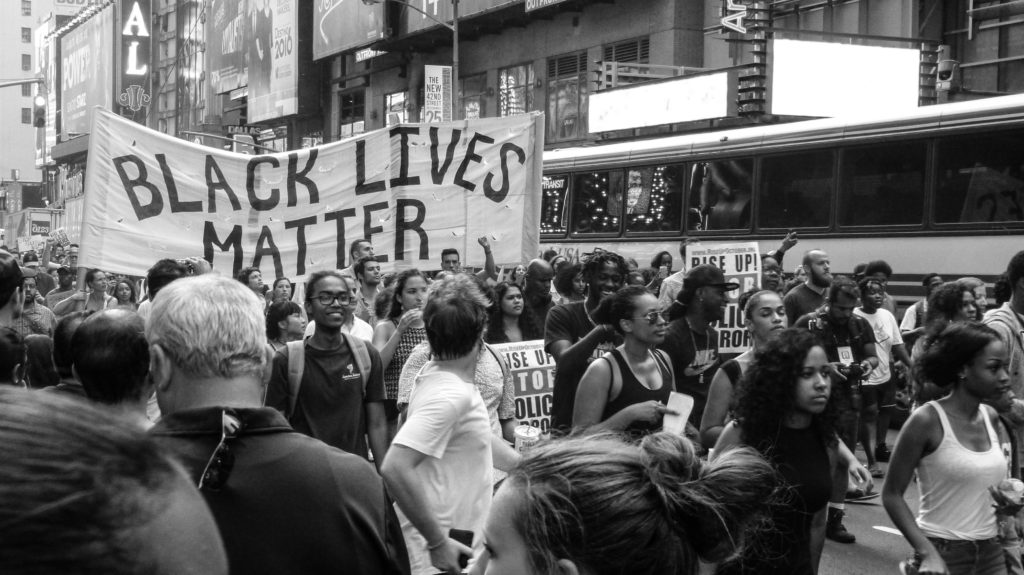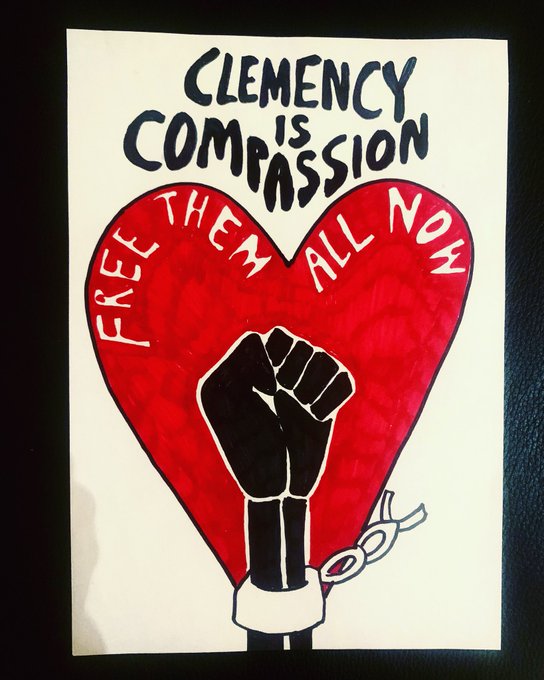On the eve of the 150th anniversary of the Emancipation Proclamation in January 2010, President Barack Obama issued his own proclamation declaring the month of January “National Slavery and Human Trafficking Prevention Month.” President Obama’s speech, quoted above, crystallized a rhetorical and ethical link between transatlantic slavery and “modern day slavery.” He also connected the history of abolishing chattel slavery with the contemporary fight against human trafficking. These are powerful connections, and they illustrate how the historical struggle to abolish slavery is called on to amplify political and public concern for human trafficking today.
Connections or Tensions?
However, drawing equivalence between historical slavery and human trafficking can be problematic too. The comparison implies that the historical enslavement of Africans is only relevant today as an analogy for something else. Moreover, the growth in attention and resources to combat human trafficking have not brought greater awareness to the enduring and evolving legacies of chattel slavery, including cultural and institutionalized forms of anti-Black racism on African Americans. Yet, the historical fight to abolish slavery is often used to give ethical gravitas to the work of anti-trafficking. This unevenness begs the question, “What are the connections between human trafficking and the legacies of slavery?”
There is an urgency to that question because of unremitting anti-Black violence perpetuated by routine police shootings, the criminalization of Black life, and the system-wide failure of the criminal “justice” system. The struggles against that violence reached a fever pitch this past summer and the outrage continues as white supremacy is validated even at the highest levels of political office. What connections are there between these struggles and the issue of human trafficking?

Source: Nicole Baster via Unsplash
In the spirit of human trafficking awareness month, I delve into two connections that raise the important if not also thorny issues for aligning the struggle against human trafficking and the ongoing struggles for racial justice. In Part I of this series, I address the problematic issue of how anti-trafficking efforts often align with, rather than challenge, racial violence. In Part II, I discuss the legacy of slave economies on unfree and exploited agricultural labor. These topics also are the focus of two virtual conversations organized by the National Underground Railroad Freedom Center and for which I will be a guest host. Join us for these live conversations!
Carceral Human Rights
There has long been a human rights deficit at the center of anti-trafficking. The problem is that the criminal legal system is used as the primary mechanism for combating human trafficking. While human trafficking should be against the law, anti-trafficking strategies are narrowly focused on what scholars and activists call a “carceral” approach to human rights. A carceral approach heavily relies on policing and the criminal legal system to promote human rights. As a result, a carceral approach brings considerable collateral damage because “human rights” are marshalled to reinforce and intensify the policing, surveillance, and arresting of populations who are already over-policed, surveilled and incarcerated – Black folks, Indigenous people, people of color, immigrants, and folks facing financial and housing insecurity. Moreover, carceral human rights assume that justice for the victim/survivor hinges primarily on adjudicating the harm of trafficking and not also addressing systemic racism, poverty, heteropatriarchy, transphobia and white supremacy.
It also should be noted that prosecuting trafficking is very difficult. Arrest rates for trafficking may go up with awareness, but prosecution rates remain relatively low. Ultimately, while a difficult truth to swallow, anti-trafficking agendas today implicitly support systems of oppression and violence endemic to policing, border control, prisons, and detention centers.
Criminalizing Survivors
The incarceration of survivors of gender and sexual violence is routinely ignored if not silenced in mainstream anti-trafficking organizations. Yet, it is evident from the struggle to free Joanne Little in the 1970s to the recent mobilization for Bresha Meadows that women, girls and femmes who are Black, Indigenous, immigrant or people of color are more likely to be criminalized for having defended themselves from gender-based violence. This is especially the case for queer, non-binary, and trans folks whose experiences often are erased in mainstream social justice efforts. Organizations such as Survived & Punished, a national coalition of survivors, organizers, victim advocates experts and formerly incarcerated people are advocating for the decriminalization of “efforts to survive domestic and sexual violence, support and free criminalized survivors, and abolish gender violence, policing, prisons, and deportations.” Anti-trafficking organizations are often silent about the incarceration of survivors, yet their work reinforces a policing and legal system that criminalizes BIPOC women and girls. Thus, connecting anti-trafficking to the decarceration of self-defense and survival is a critical way that advocates can re-focus their attention to forge a racial justice mission in the work of combating human trafficking.
The recent granting of clemency to Alexis Martin in Ohio is an example of how anti-trafficking organizations can re-direct. Ms. Martin was charged in a murder at the age of 17 and was only 15 when the events occurred. Her attorney did not seek protection under Ohio’s Safe Harbor Law (a law that grants protection for juveniles involved in potential sex trafficking). The fact that she was treated as an adult in the case illustrates the insidious power of racialized gender biases that contribute to higher rates of incarceration for girls of color. In particular, Black girls are treated as adults and thus not given the “benefit of the doubt” of being innocent. This case is an example of why anti-trafficking organizations should advocate for criminalized survivors. Beyond that, anti-trafficking strategies need to more directly take-on anti-racism and anti-oppression work as central to trafficking prevention which includes a broad agenda for the decarceration of survival strategies including consensual sexual labor.

Artwork by Amanda Maisel (#FreeSurvivors: Make Art for Abolition)
Re-evaluating Risk
It is often remarked that anyone can be a victim of trafficking but that some groups are more “at risk” than others. Yet, this understanding of risk treats the problem of trafficking as something that is best (or primarily) addressed at the individual rather than structural level. This is glaringly evident in the case of trafficking and sexual and gender violence against Indigenous women and girls. Indeed, treating Indigenous women and girls as a “high risk” group does little to address the root causes of oppression including the ongoing effects of U.S. colonialism on Indigenous and Native tribes and peoples. According to legal scholar and advocate Sarah Deer, colonialism introduced rape as a war tactic against Indigenous peoples. For example, the Sioux Uprising in 1862 was related to the failure of the encroaching white settler state to investigate the sexual mistreatment of Indian women by white men. That history finds a contemporary manifestation in the fact that tribal courts do not have full jurisdiction to prosecute or enact tribal-centric resolutions to gender and sexual violence on tribal lands when non-Natives are the perpetrators. This means that non-Native perpetrators do not answer for their crimes.

Source: aaron.resist.ca
Anti-trafficking agendas should align more directly with Indigenous-centered approaches to gender violence that seek to restore and protect tribal sovereignty as the best protection from/remedy for human trafficking. That means that the problem of trafficking cannot be disentangled from the problem of colonial sexual violence. Similarly, the risk factors for exploitation are connected to structural forms of oppression that have roots in historical slavery and colonialism. But there is much that anti-trafficking agendas can do to be in the service of social justice including looking beyond carceral human rights.
Read Human Trafficking Awareness Month: Making Connections to Social Justice Part II




